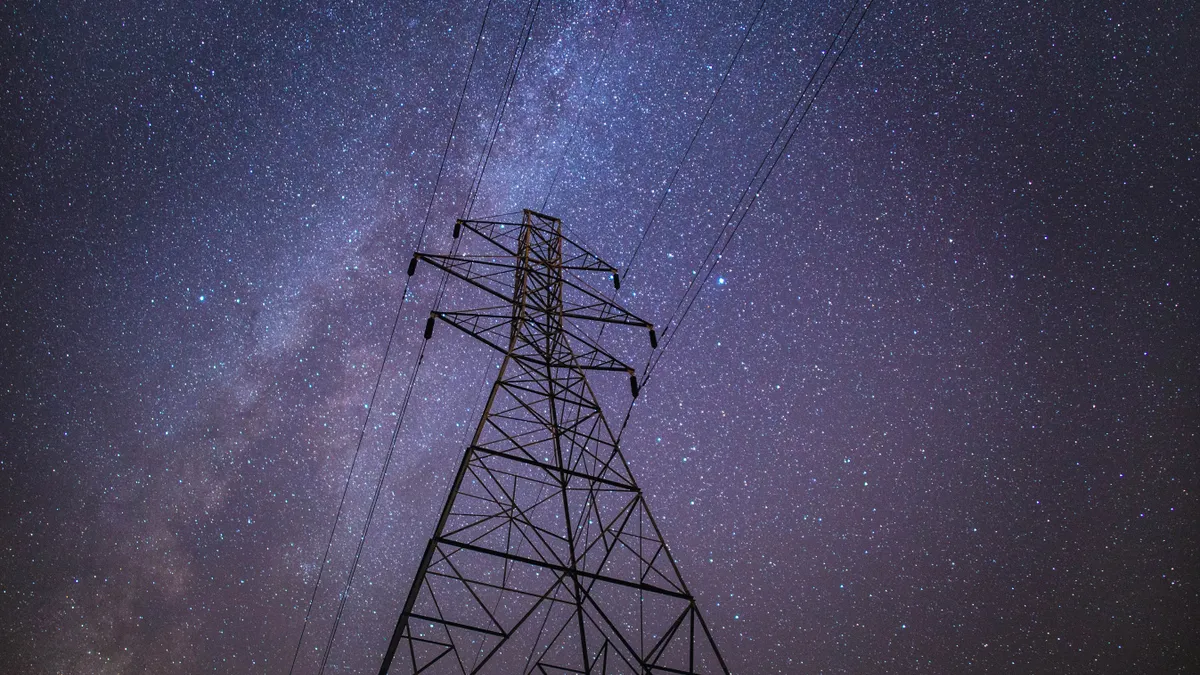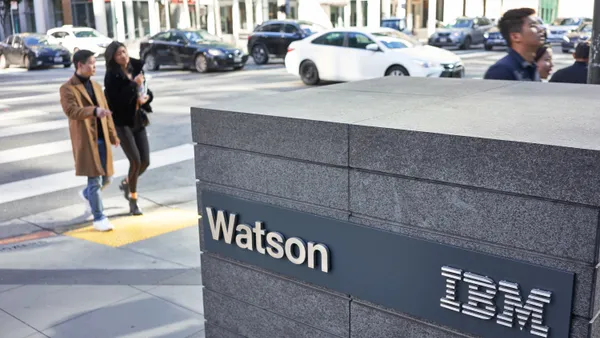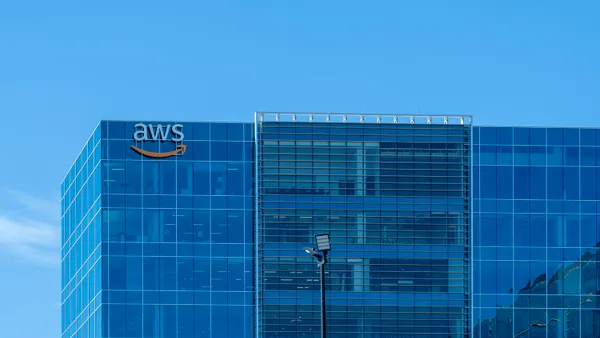Dive Brief:
- California Energy Commission regulators on Wednesday approved the nation’s first energy-efficiency standards for computers.
- The new rules will cover desktops and laptops as well as monitors, workstations and small servers. The standards are expected to save $373 million and save 2,332 gigawatt hours of electricity annually.
- The rules will take effect in five phases: Workstations and small scale servers (Jan. 1 2018); notebooks and tier 1 desktops (January 1, 2019); tier 1 computer monitors (July 1, 2019); tier 2 computer monitors (Jan. 1, 2021) and tier 2 desktops (July 1, 2021).
Dive Insight:
Computers and monitors suck a huge amount of energy, and with so many of them in use, even small changes can make a big difference. A significant portion of the savings expected under the new regulations comes from requiring PC manufacturers to adjust the sleep mode settings on new PCs.
.@CalEnergy adopts first-in-the-nation #EnergyEfficiency standards ... ; will save consumers $373M annually https://t.co/PFKLzvKF5g pic.twitter.com/UcYqmGoRMk
— CA Energy Commission (@CalEnergy) December 14, 2016
Because California is such a large market, it is likely that the new rules could soon impact other states as well.
The amount of energy required to power technologies of various types has become a growing point of discussion, and several tech companies have already begun working to increase energy efficiency in products. In October, Hewlett Packard Enterprise announced it is working to increase the energy performance of its products by 30 times over its 2015 baseline by 2025.












